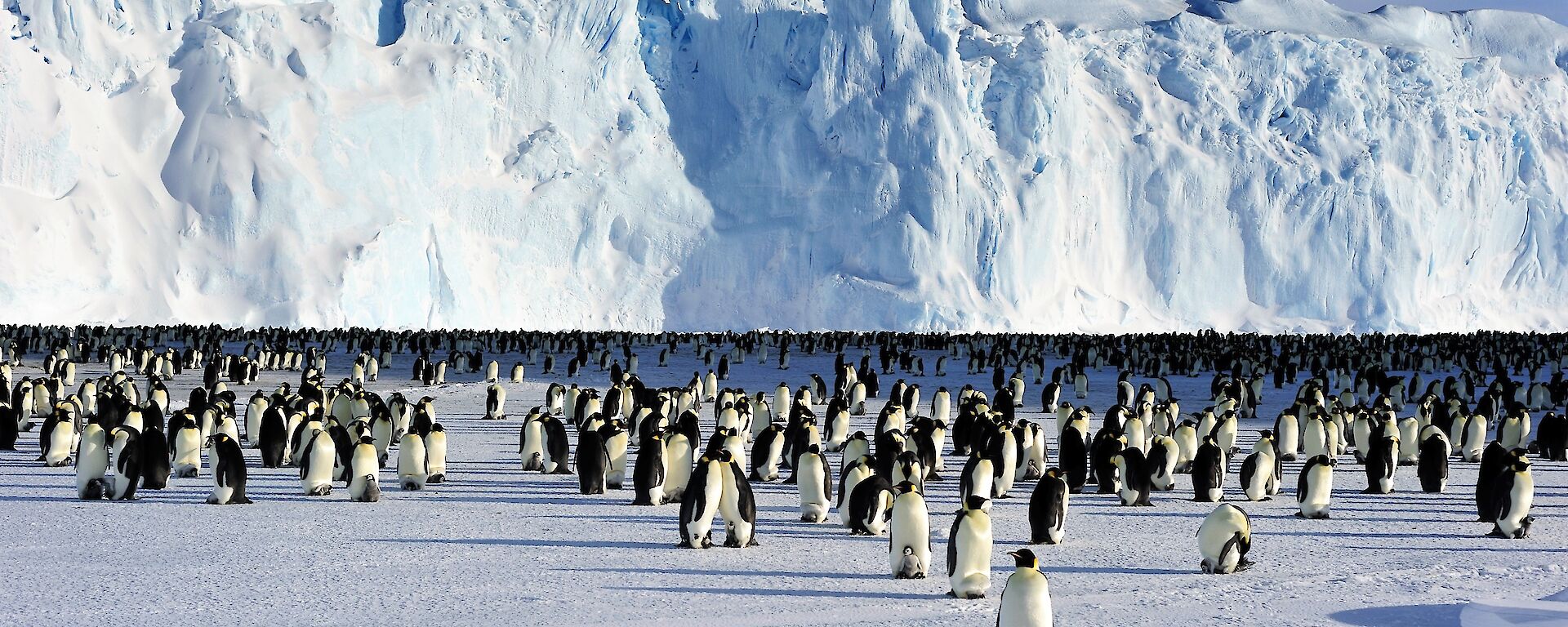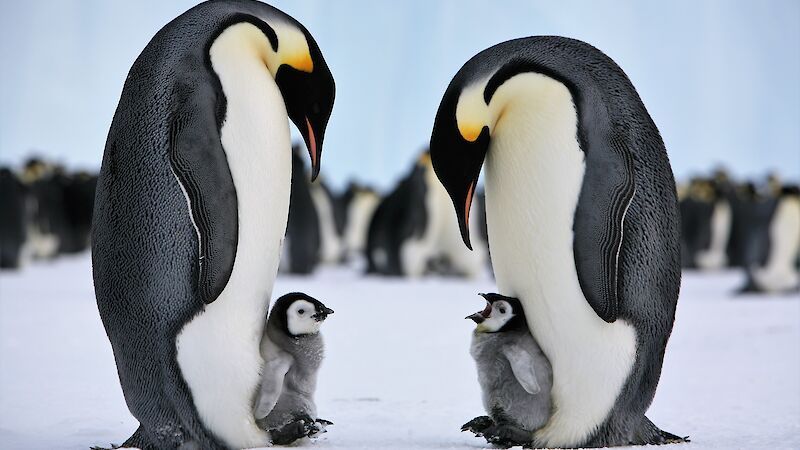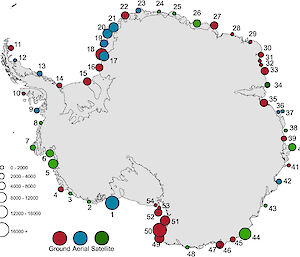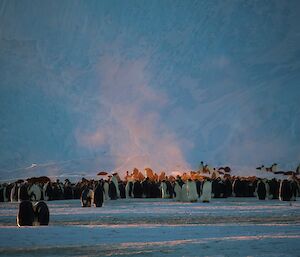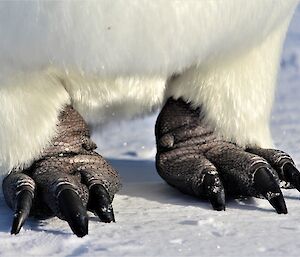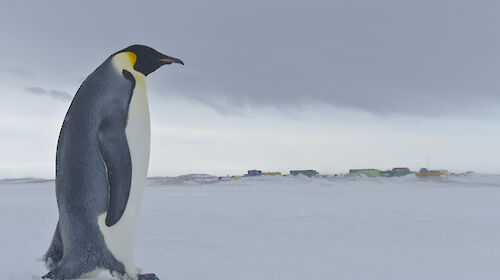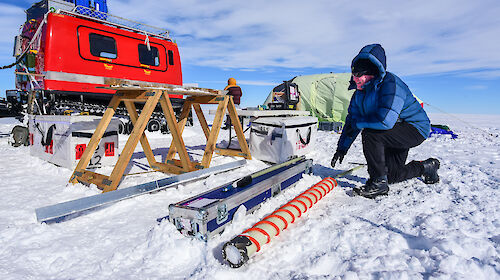Sea ice needed in the life cycle of emperor penguins is being lost to changing wind patterns and rising temperatures.
Emperor penguins (Aptenodyptes forsteri) are unique amongst birds because their breeding relies on stable sea ice.
“Currently, we have no idea how the emperors will adjust to the loss of their primary breeding habitat – sea ice”, said Dr Philip Trathan of the British Antarctic Survey.
“They are not agile and climbing ashore across steep coastal land forms will be difficult. For breeding, they depend upon sea ice, and in a warming world there is a high probability that this will decrease. Without it, they will have little or no breeding habitat.”
Dr Barbara Wienecke of the Australian Antarctic Division said that major changes are already being observed.
“In recent years some emperor colonies have suffered complete breeding failure because the fast ice where their colony was located broke out well before the chicks were able to fend for themselves.”
“Also, many penguins from one of the largest colonies in the Weddell Sea appear to have abandoned their traditional breeding grounds and migrated elsewhere.”
“Emperor penguins live in a dynamic environment to which they’ve adapted in the past. But change is occurring so rapidly that their chances to continue to find suitable breeding habitat are becoming seriously limited”, said Dr Wienecke.
Philip and Barbara are part of an international team of researchers which published a review in the journal ‘Biological Conservation’ today, recommending the need for additional measures to protect and conserve emperor penguins.

